What are furniture waxes and how to use them?
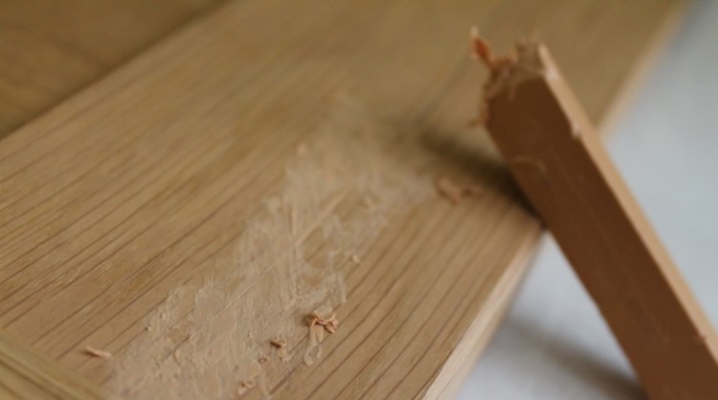
Wooden furniture is used in a variety of interior styles and is the most common type of furniture in general. Recently, the trend towards the restoration of old objects in favor of extending the life of still good-quality things is growing. Furniture is restored, renovated using affordable and effective means. One of them, important at certain stages of restoration, is wax.

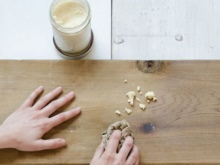
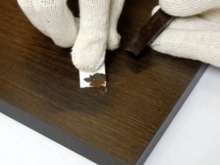
What it is?
Furniture wax is a salvage material that is needed in minor repairs, as well as in the care of items made of natural wood, parquet, as well as laminate, fiberboard and chipboard. He helps to remove chips and cracks in door leaves and window frames, he "heals" stair railings and corrects defects in old caskets.
The main element on which furniture wax works is considered natural beeswax, as well as it may contain special synthetic resins necessary to increase the durability of the composition. A coloring pigment may also be present in the wax, which gives it the desired tone or shade. It is not uncommon for wax to contain natural oils, most often linseed or even olive oil.
Oil wax will reliably protect the wood from moisture and add a matte sheen to the surface covered with it.

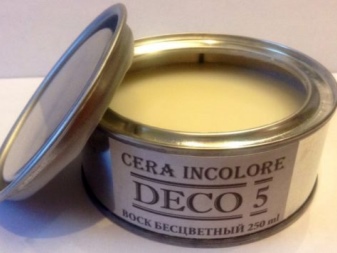
Furniture wax has the following functions:
- masking of scratches, chips, cracks and other similar defects on wood;
- updating the surface of objects by adding shine to them and emphasizing the texture of the material;
- protection of furniture from external aggressive influences with deep penetration into the structure of the material itself;
- use to slightly change the shade of an object or enhance, accentuate the natural tone;
- antistatic properties - less dust will settle on the object.
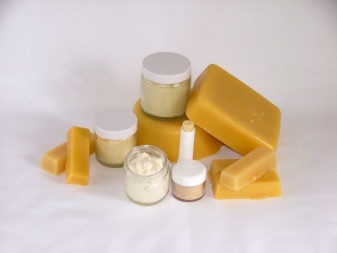
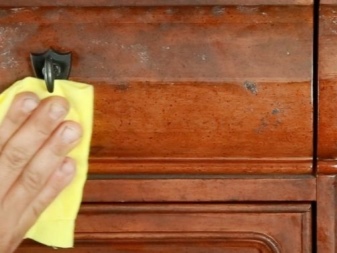
Wax or wax-based products provide gentle care for wood surfaces. Wax cannot radically change the color of wood, as paint would do. But he does not have such tasks, he is needed to renew the worn surfaces, so that the thing is transformed and "rejuvenated".
The basic advantage of furniture wax is its ease of use.... Hard wax is also resistant to mechanical stress, while soft and liquid waxes can be used immediately after opening the package. Easy and fairly quick to apply, dry soon, add a pleasant natural aroma to the processed item.
If the wax contains an oily component, the woody pattern will become more accentuated and expressive.
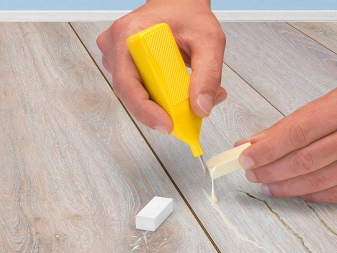
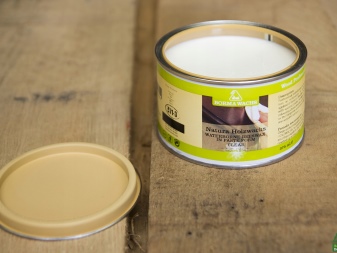
More often, wax is used for cabinet furniture, for the restoration of old wood. Formed in chips and cracks, in scratches, the wax fills the voids, which improves the quality characteristics of the material. And the shine of the finished product is the best compliment to an old thing, the most obvious sign of renewal and revitalization of an old tree. Also, using wax, you can restore floor coverings, effectively sealing gaps, cracks in wooden floors, laminates or parquet floors.
Finally, you can also repair decorative elements with wax. This applies to wooden picture frames, caskets. various decorative containers. Even for those who are far from restoring furniture, it makes sense to keep a wax crayon in the house. Especially in a home where there are small children or animals, any scratch can be quickly treated with a pencil and the damaged layer can be repaired.
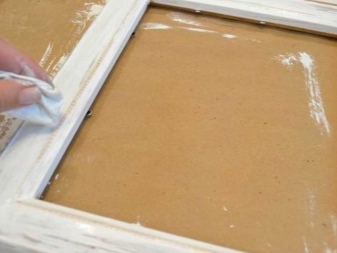
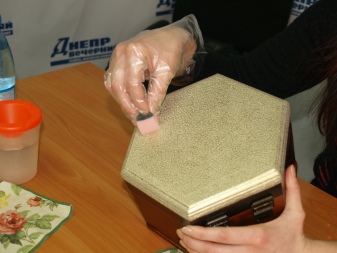
Species overview
There are several types of furniture wax that are not hard to find on the market.
Soft
This composition is most similar in consistency to petroleum jelly. It is he who is better than others emphasizes the natural texture of wood, helps to give the product a pleasant matte sheen. However, soft wax is involved not only in furniture restoration. It is with this type of wax that the floor surface is rubbed, returning it to its previous appearance and making it shine impeccably.
Soft wax - all thanks to its consistency - manages to fill even deep scratches and cracks, camouflage serious chips.


Features of using soft wax:
- you need to apply with a spatula, and a felt disc is used to remove excess;
- for removing large and deep voids - ideal;
- not suitable for processing furniture, which subsequently will have to be exposed to the sun or treated with chemicals;
- packaged in jars, tubes and buckets for sale.
Actually, this type of wax has one drawback - it cannot be used for outdoor work... Otherwise, it is almost flawless. The big plus is that this option is the easiest to find on sale.
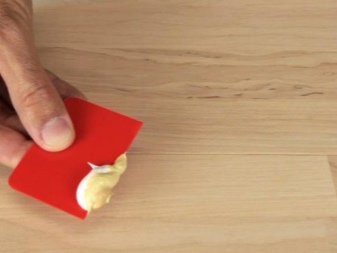
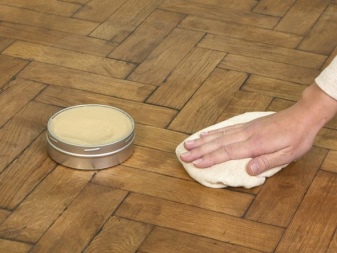
Solid
Such a tool for processing furniture is available in the form of cylinders and blocks, wax crayons and even crayons. Very often, a restoration product is sold in a set of different shades (one of the options is usually colorless or transparent). Some solids are used immediately without preheating. Others need to be heated first to get them working.
Features of hard wax:
- seals chips and scratches on the door leaf, windows and various wooden interior items;
- guarantees a high degree of protection against temperature influences and external injuries;
- the product cannot always be quickly found on sale, sometimes there are not enough shades (for example, you need black wax for the cabinet, and only dark blue or wenge on the showcase);
- hard wax has a dense texture and resistance to negative external factors, and therefore is suitable for outdoor use.
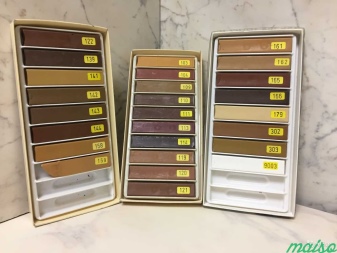
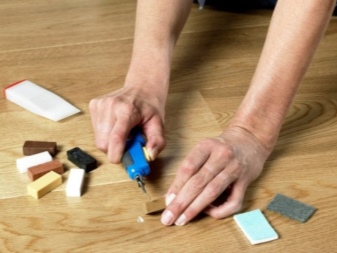
The hard wax must be melted before use, the easiest way to do this is with a water bath. The liquid mass is applied with a spatula to the deformed area by pressing the composition. Alternatively, a soft cloth is used, which is delicately pressed in the direction of the wood fibers. So the composition remains on the surface until it dries completely. Excess wax must be removed, and then sanded and polished with a cotton napkin. If deep damage has to be restored, one approach is not limited.
By the way, you can make wax yourself. You need natural beeswax (exactly hard), good turpentine and a little bit of rosin. For 200 g of wax there are 50 g of rosin and 100 g of high quality turpentine. In an enamel bowl, you need to melt the wax (it is easier to do this in a water bath), rosin is smoothly mixed there in small doses, and after the ingredients are completely dissolved, turpentine is poured into the mixture.
Cooling down, the natural product thickens. And if you compare it with a store product, it is unlikely to yield in quality.

Liquid
If the scratches on the surface of the frame or, for example, the countertop are not very deep, liquid wax is better for repairing. It does an excellent job with not very deep scratches.
Features of the liquid composition:
- the very formula of this product includes synthetic additives that help to maintain the consistency of the product;
- unlike hard and soft analogs, liquid wax is more convenient to apply because it is ready for use immediately;
- if you have to process a complex surface with a large number of decorative elements, liquid wax will be most convenient, because it is applied with a brush;
- this product is sold in a rich color palette;
- liquid wax eliminates the formation of drips, because the composition dries, if not instantly, then very quickly.
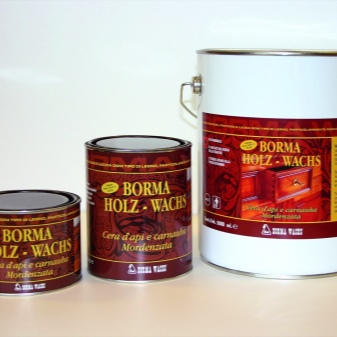
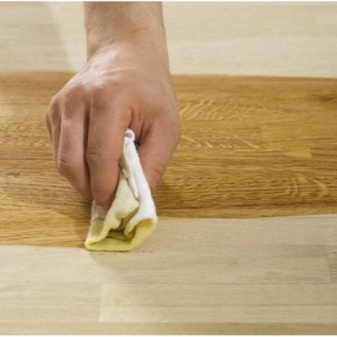
In application, this type is as simple as possible. First, the surface of the wood is cleaned of the previous coating (paint, varnish), then the first layer is applied. This is most often done with a brush, but if the surface is large, a roller can also be used. After an hour or two, a second layer is applied. All that remains is to sand the surface with a soft cloth, polishing will make it glossy or matte - the longer the polishing lasts, the more gloss will be.
Another wax that deserves a highlight is the color option. If a regular composition is applied to the surface, it will not change the shade of the wood, will not distort it. But a colored product affects these characteristics.
There will be no radical changes, but you can change the tone of the wood in this way.
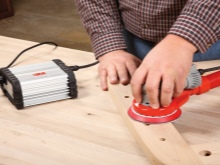
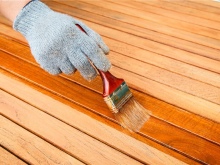
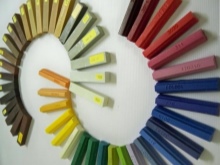
How to use?
And now in more detail about how to restore wooden things with the help of wax, apply the topcoat. If an instruction is attached to the purchased composition, it is better to familiarize yourself with it - there may be nuances indicated by the manufacturer himself. If there was no use algorithm in the package bundle, you must follow the standard recommendations.
The application algorithm is as follows.
- The surface to be processed must be prepared... First, it must be dedusted, cleaned, washed, if necessary.
- The old layer of paint and varnish is also removed from the surface, this coating will no longer serve anything, but it will interfere with the restoration.
- If the work is to be done on a global scale, it is reasonable to take a wax melter, this is the name of a special device that melts furniture wax. If the repair is not particularly large-scale, you can limit yourself to a hairdryer, not necessarily even a construction one, and a household one is enough.
- If it is hard wax, cut off a small part from the block. In order not to get hurt, this should be done with a hard knife. The composition must be heated until its consistency becomes plastic.
- With a spatula or even just a soft cloth, plastic wax is applied to the wooden surface. It is necessary to fill the deformed sections of the tree with the composition. Then the composition should be allowed to cool. The excess can be carefully removed with the same sharp knife.
- If there is a need for surface grinding, this will be the next stage.
- If you have to repair small surface area, it is easier to use wax crayon or pencil. They do not need to be heated, you just need to hold them a couple of times without pressing over the place in need of restoration. Yes, such a coating will be less durable, but it is suitable for express repairs.
- If it is decided to work with a soft wax, it is also applied with a spatula., very slowly and carefully leveled, allowed to harden, and then polished. You can rub the surface until shiny with a soft cloth.
- A liquid product, as noted above, requires the use of a brush (sometimes a roller). The paintbrush perfectly covers the surface with a fairly thin, but stable layer. True, the procedure will have to be repeated at least once again after the first layer has dried.

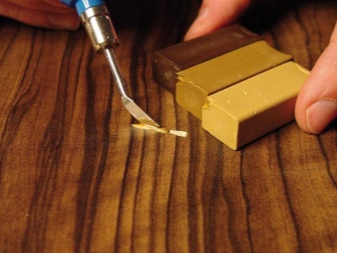

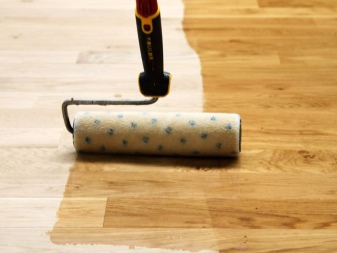
If it so happens that the wax has dripped onto a surface that is not intended for processing, a regular ice cube will help to remove it. The stain needs freezing. The cooled wax will then be easily removed with a spatula or plastic scraper. And when, for example, a greasy wax trail remains on the upholstery of furniture, it should be sprinkled with talcum powder, crushed chalk or ordinary starch. This composition is needed for absorption, it must be covered with paper, which is pressed tightly and so kept on the spot for at least a couple of hours. And then they wipe the surface with a brush.
Waxing is an old, proven way of restoring wood furniture. It helps to emphasize the beauty of wood, wood pattern, prevent moisture and decay from destroying the surface of the natural material.
In addition, waxes are environmentally friendly compounds, much safer than varnishes and paints.
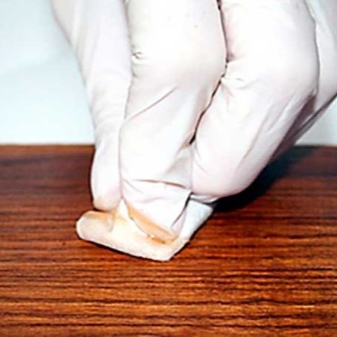
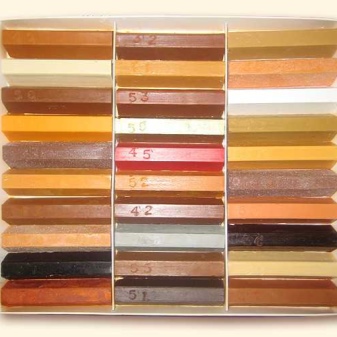
Wax is used to renovate kitchen surfaces, countertops and large cutting boards. For a wooden window sill, wax will also be helpful. An old grandmother's sideboard can be turned into a wonderful hygge element in your home by removing the old covering and restoring it with wax. And most importantly, a person who is far from repair work can cope with waxing.
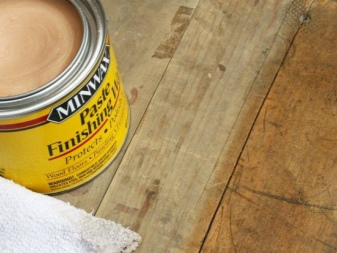
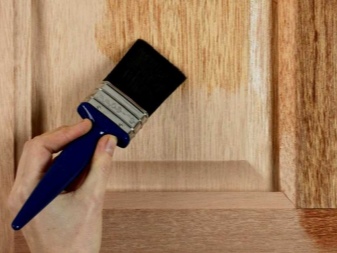












The comment was sent successfully.